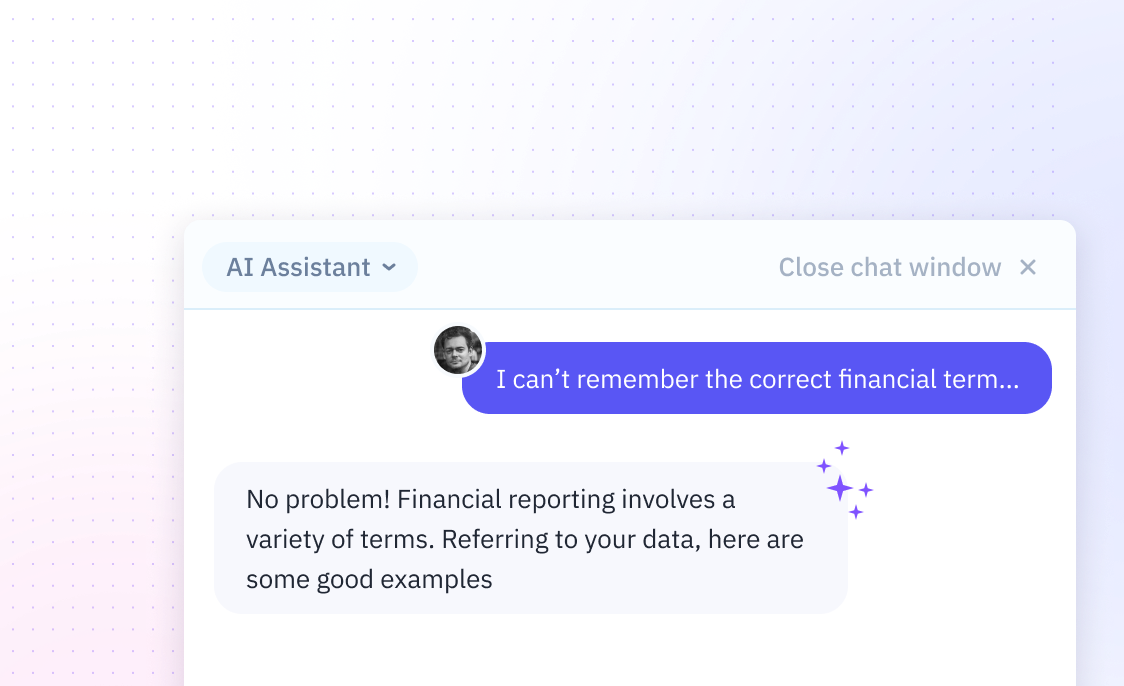
How To Convert Unix Timestamp To Date In Excel
Introduction
Converting a Unix timestamp to a readable date format in Excel can be essential for data analysis and reporting. This process involves using built-in functions or formulas to translate the Unix time, which counts seconds since January 1, 1970, into a conventional date and time.
While Excel requires complex formulas and manual steps for this conversion, there's a simpler solution using AI. We'll show you the traditional Excel method and demonstrate how Sourcetable's AI chatbot can instantly handle Unix timestamp conversions, data analysis, and visualizations - just sign up for Sourcetable to try it yourself.
Convert Unix Timestamp to Date in Excel
Understanding Time Systems in Excel
Excel and Unix measure time differently. Excel's zero-time is January 1, 1900, while Unix's zero-time starts from January 1, 1970. This discrepancy requires an adjustment for accurate conversion.
Converting Unix Seconds to Excel Date
To convert seconds from the Unix epoch to an Excel date format, divide by 86,400 to convert seconds to days. Then add 25,569 to align with Excel's zero-time. Use the formula =A1/86400 + 25569, replacing A1 with your Unix timestamp cell.
Converting Unix Milliseconds to Excel Date
When dealing with milliseconds, divide the Unix timestamp by 86,400,000 and add 25,569. Apply the formula =(A1/86400/1000)+25569 in Excel, where A1 is the cell with your Unix timestamp.
Using Excel's DATE Function
Excel provides a DATE function to simplify the conversion. For seconds, use =A1/(24*60*60) + DATE(1970,1,1). This automatically adjusts for the epoch difference and converts to a date.
Limitations
Excel supports dates up to December 31, 9999. Ensure that your Unix timestamp falls within Excel's date range limitations.
Common Use Cases for Unix Timestamp Conversion in Excel
Customer Purchase Pattern Analysis
Easily transform raw transaction timestamp data into readable dates to identify buying trends and seasonal patterns. This allows businesses to make data-driven decisions about inventory management and promotional timing.
Social Media Performance Tracking
Convert social media post timestamps into standard dates to create comprehensive engagement reports. This enables marketers to understand optimal posting times and measure campaign effectiveness across different time periods.
Project Milestone Tracking
Transform project event timestamps into calendar dates for clear timeline visualization. This helps project managers monitor progress and ensure deadlines are met while maintaining clear communication with stakeholders.
Equipment Maintenance Scheduling
Convert Unix timestamp maintenance logs into readable dates to track and schedule equipment upkeep. This ensures timely maintenance, prevents equipment failures, and extends the lifespan of valuable assets.
Website Traffic Analysis
Transform access log timestamps into standardized dates for creating detailed traffic analysis reports. This enables webmasters to identify peak usage periods and optimize content delivery timing.
Excel vs. Sourcetable: Traditional vs. AI-Powered Spreadsheets
While Excel has been the go-to spreadsheet solution for decades, Sourcetable represents the next evolution in data analysis by leveraging AI technology. Sourcetable transforms the spreadsheet experience by replacing manual functions and complex formulas with a conversational AI interface that handles everything from data analysis to visualization. Visit Sourcetable to experience how AI can answer any spreadsheet question.
Traditional Excel Workflow
Excel requires users to master complex functions, formulas, and features. Users spend significant time manually creating spreadsheets, writing formulas, and formatting data for analysis.
AI-Powered Analysis
Sourcetable's AI chatbot eliminates the need to learn spreadsheet functions. Users simply describe what they want to analyze, and the AI automatically creates spreadsheets, generates data, and performs complex calculations.
Data Handling Capabilities
Sourcetable handles files of any size and connects directly to databases. Users can upload CSV, XLSX files or connect their database, then interact with the data through natural language commands.
Visualization and Reporting
Instead of manually creating charts and graphs, Sourcetable's AI transforms data into stunning visualizations based on simple text requests, making data presentation effortless and professional.
Frequently Asked Questions
How do I convert a Unix timestamp in seconds to a date in Excel?
Use the formula =A1/(24*60*60) + DATE(1970,1,1) or =(A1/86400)+25569, where A1 is your Unix timestamp. Make sure to set the output cell format to Date.
How do I convert a Unix timestamp in milliseconds to a date in Excel?
Use the formula =(A1/86400/1000)+25569, where A1 is your Unix timestamp in milliseconds. Set the output cell format to Date.
Why isn't my Unix timestamp conversion working in Excel?
Make sure you're using the correct formula for your timestamp format (seconds vs milliseconds) and that the output cell is set to the Date format. Also note that Excel timestamps are in GMT and cannot exceed December 31, 9999.
Conclusion
Converting Unix timestamps to dates in Excel requires multiple steps and specific formulas. While manual conversion methods work, they can be time-consuming and prone to errors.
Modern spreadsheet tools have simplified this process. Sourcetable's AI chatbot can instantly help you convert timestamps and solve other complex spreadsheet challenges. Learn more about effortless spreadsheet solutions at Sourcetable today.






